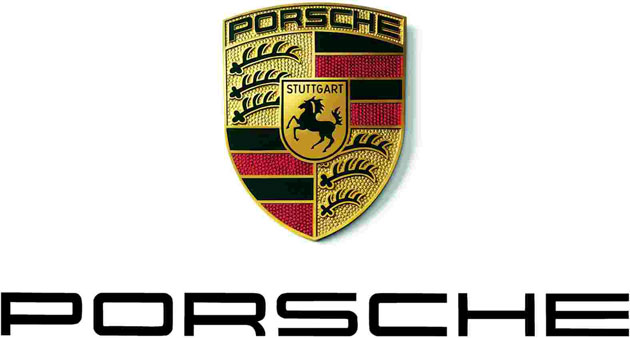
source
Now in my introduction post I did a general overview of what I hope to accomplish in my future posts and by now you would have already imagined that I am a car person. I’m not here to discuss about specific technicalities but rather, talk about cars the way you would with your friends over coffee but to convey information as accurately as possible rather than “oh hey, the BMW 320i comes with twin-turbos”; now that’s something I hear a lot.
Let’s start off with a little history with the brand that has a special place in my heart, a brand that revolutionised having their engine placed at the rear and the distinct burble from their boxer engine that is synonymous to their brand – Porsche. It’s pronounced as “POR-Shuh”, nope, not “por-shay” and most certainly isn’t “porsh”. I was a wee lad when a close family friend of mine, Samuel introduced the Porsche brand to me over a cup of coffee just as my passion for cars was just igniting. Of course, I’ve heard about Porsche growing up, but it just never occurred to me what they’ve accomplished and the masterpiece that the founder, Ferdinand Porsche Sr. had developed almost 117 years ago. One thing led to another, I found myself spending the following weeks glued to the screen of my pc or iPhone, whichever was readily available at the time, reading and absorbing as much as I could about Porsche.
Where it all began.
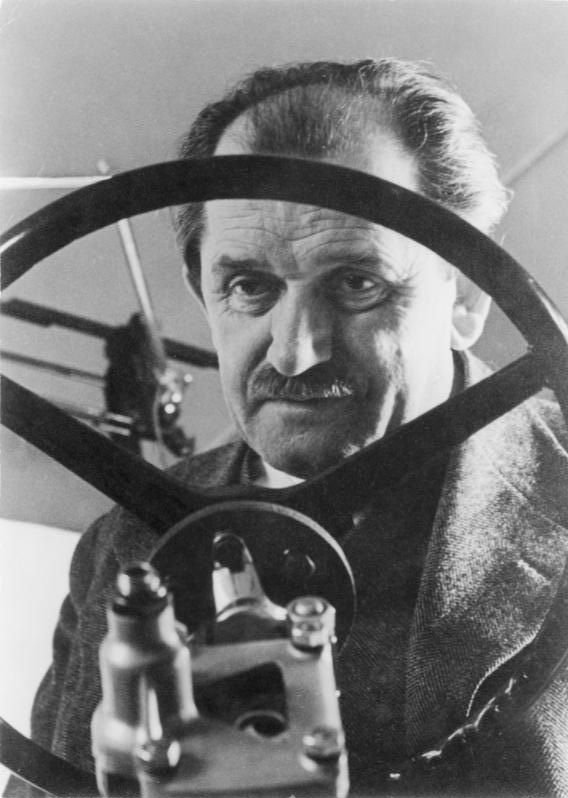
Ferdinand Porsche Sr. source
Here’s the interesting bit; in the year 1938, Ferdinand Porsche Sr. served as the lead engineer together with his team had finalised the design of their first assignment, a contract given to Porsche Sr. by Adolf Hitler in Nazi Germany to build a people’s car; something cheap and simple that could be easily mass produced to cater for the country’s new road network modernly known as the Autobahn. The result? The first Volkswagen Type I. Unofficially known as the Käfer in Germany and in the English language, the Bug; was one of the first cars to have the engine at the rear resulting in Porsche Sr. being praised by the Nazi Authorities as the Great German Engineer after building the Volksauto.
Volkswagen Type 1 source
In post-war Germany there were generally shortage on parts, so Porsche had to make do with whatever parts and components that are readily available to them from the production of the Beetle. Put those things and Erwin Komenda together, you’re bound to get a recipe for success and legacy; hence, the Porsche 356 automobile was born in 1948. Komenda who designed the body of the Beetle naturally designed the Porsche 356 along with Porsche’s signature designs since the beginning featuring an air-cooled, rear engine configuration. That particular setup was rare for other car manufacturers but what Porsche did and got was a car that was very well balanced, something that other manufacturers weren’t even spending a second thought on.
Porsche 356 source
The birth of a legend.
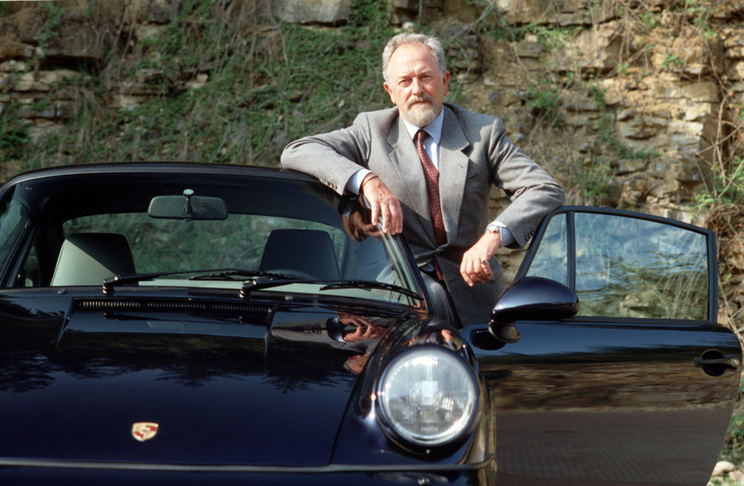
Ferdinand “Butzi” Porsche source
After spending a fair amount of time and raking in numerous successes in motor-racing with a variety of models including the 550 Spyder, the good old 356 automobile needed a major revamp inside and out in early 1964. This is where it all began, the legend that we love and know so well – The Porsche 911. The earliest design can be traced back to the sketches by Ferdinand “Butzi” Porsche, son of Ferdinand “Ferry” Porsche and grandson of Ferdinand Porsche in 1959 (that’s a lot of Ferdinands and Porsches, phew!). It was the company’s intention to designate it as the “Porsche 901”, with 901 being its internal project number; just as 82 examples of the 901s was built, Peugeot casually waltzed in and protested that they had the exclusive rights in France to any car names formed by three numbers with a zero prefix in the middle.
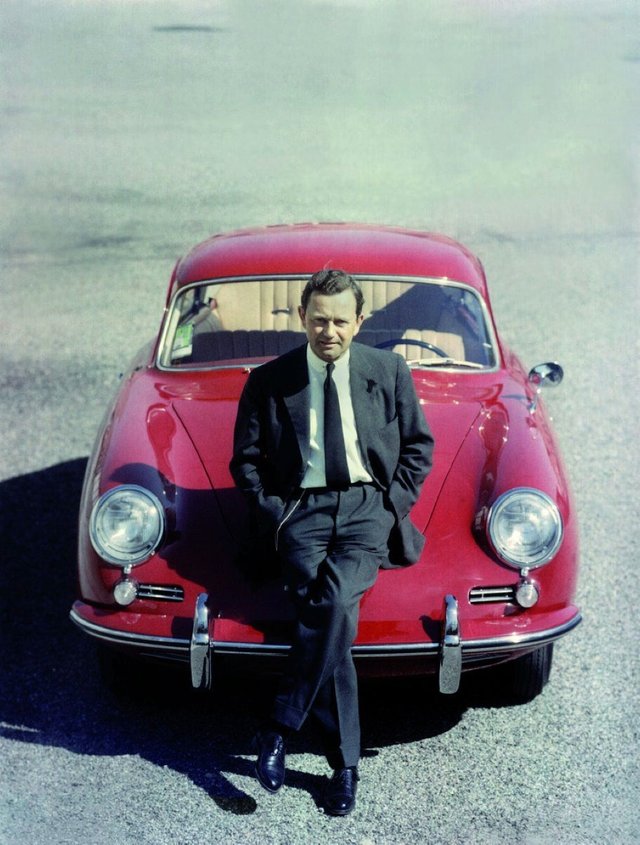
Ferdinand “Ferry” Porsche source
What Porsche did next made me chuckle. They shrugged it off as no big deal and simply swapped the zero out for a one and sold the car as if nothing happened although they continued to carry on with the prefix of 901 for years internally. The 911 was developed as a more comfortable and powerful as well as a larger successor to the Porsche 356, the company’s first model. The first production of the 911 had an air-cooled 1991 cc flat-6 “boxer” engine producing 128 horsepower and 174 Nm (Newton metres), I will talk more about engine layouts, configurations and power output in my following posts; power was sent to the rear wheels from the engine through a 5-speed manual transmission. Although the car had four seats, the rear seats were small thus it is usually referred to as a 2+2 rather than a four-seater.
1964 Porsche 911 964 source
Porsche moving towards the future.
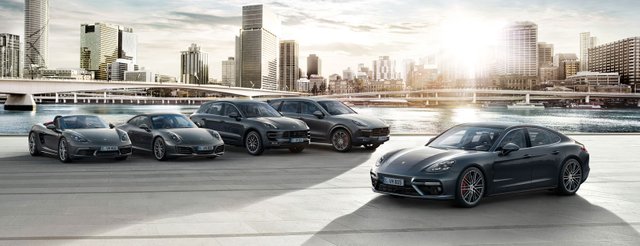
Current Porsche Lineup source
The model lineup in Porsche’s fleet has grown significantly over the years since the 911 with the introduction of different models and variants, to cater to the needs of the vast base of consumers with their E-Hybrid system being slowly introduced to the environmentally conscious starting with the Panamera. Namely the entry level Boxster (cabriolet), the baby brother Cayman (coupé), luxury sedan and shooting brake Panamera, the ridiculously-powerful luxury midsize-SUV Cayenne, equally stunning and luxurious compact-SUV crossover Macan; on top of the 911 variants being on sale to this day.
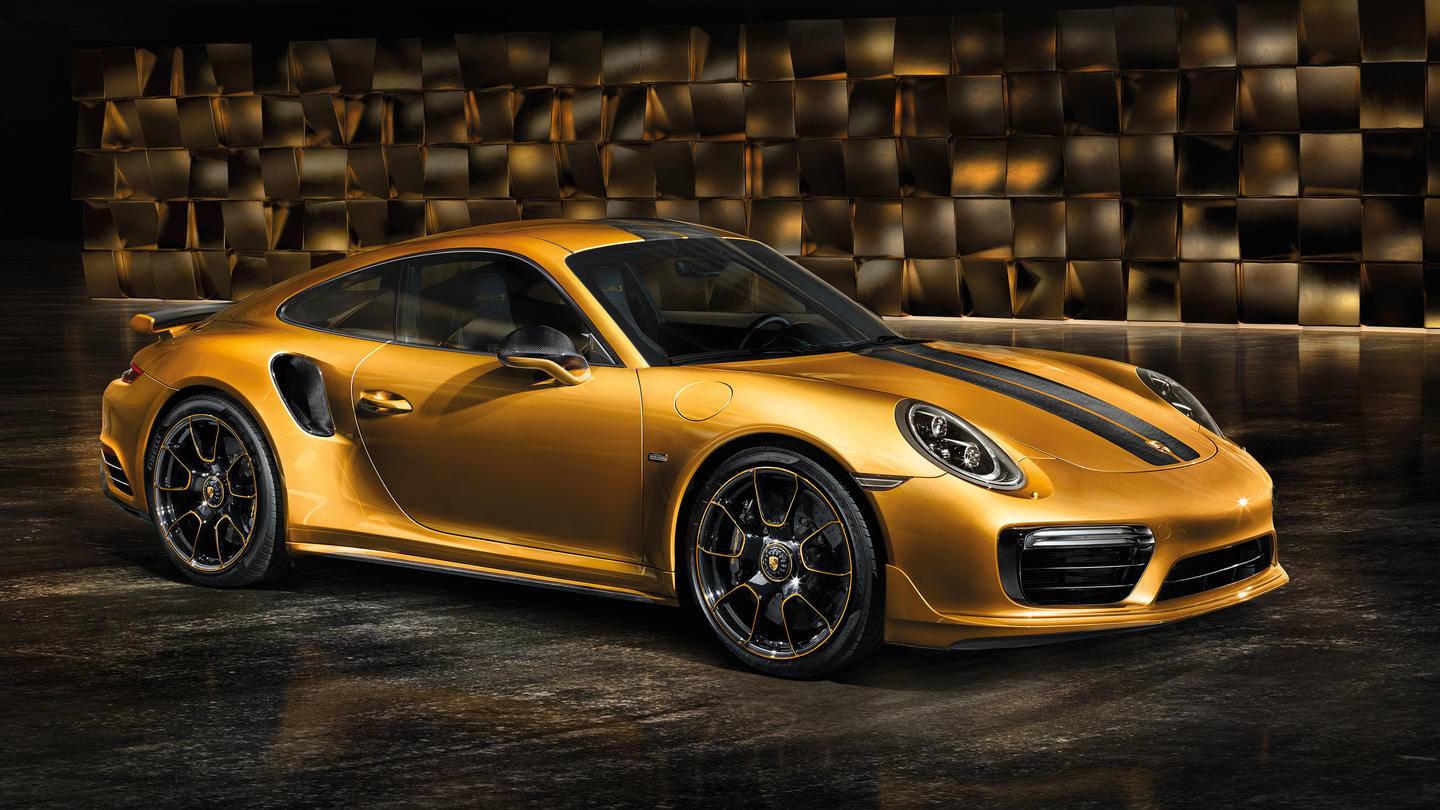
Porsche 911 Turbo S Exclusive Series source
Conclusion.
I could go on all day talking about Porsche but let’s not have too much of a good thing, shall we? Coming from a humble beginning in merely offering motor vehicle development works and consultations, to fulfilling the orders of the Führer, to establishing the Porsche brand and various victories and accomplishments in motorsport; we could say that Porsche has come a long way in 80 short years. With the introduction of their 918 Spyder hypercar and Mission E Concept Study, I’m thrilled to see what the company have in store for the next 50 to 100 years to come. Hopefully I'll have the privilege to own and drive one and live long enough to see for myself where the company goes in the future.
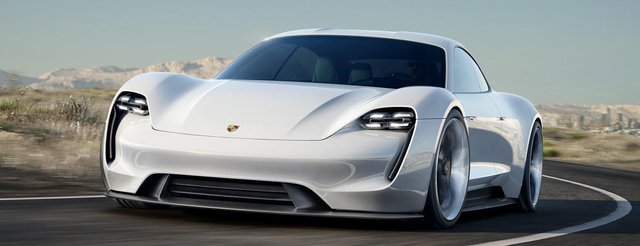
Porsche Mission E source
Bonus Fun Fact.
As a way of saying thank you for taking the time to read through my long and hopefully not-too-boring post, here’s a little fun fact.
- Did you know that the first ever hybrid automobile was developed by Ferdinand Porsche Sr. called the Lohner-Porsche Mixte Hybrid in 1901 at his first job when he joined Lohner-Werke in 1898 at just 18 years old?
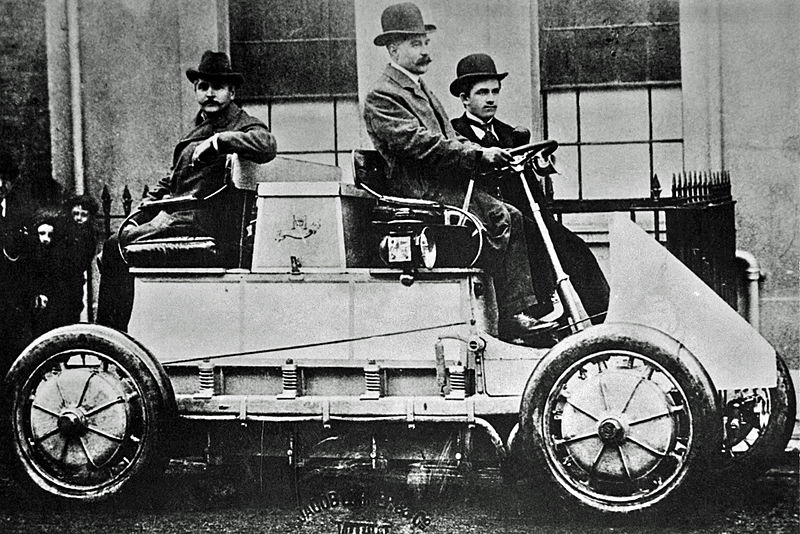
Lohner-Porsche Mixte Hybrid source
Tell me about what you think and if you would like to read more about the brief history of car manufacturers in the future in the comments below, I would love to hear from you.
Cheers.
@Originalworks
Downvoting a post can decrease pending rewards and make it less visible. Common reasons:
Submit
The @OriginalWorks bot has determined this post by @eric-isaiah to be original material and upvoted it!
To call @OriginalWorks, simply reply to any post with @originalworks or !originalworks in your message!
Downvoting a post can decrease pending rewards and make it less visible. Common reasons:
Submit
BRo this post deserve to be resteem ...
Downvoting a post can decrease pending rewards and make it less visible. Common reasons:
Submit
Haha thanks for your support bro, appreciate it 😄
Downvoting a post can decrease pending rewards and make it less visible. Common reasons:
Submit